The exquisite family tree planting and the planting principles of all kinds of woody plants
Florists often ask how far away from the house it is safe to plant trees, and what is the impact of planting trees incorrectly.
Someone also asked whether flowers and trees would seep into the foundation and hurt the foundation if they were planted against the wall. As a matter of fact, the buildings of ordinary houses are sufficiently designed to divert water from the walls to the groundwater system, otherwise the foundation of each house will be damaged in the heavy rain.
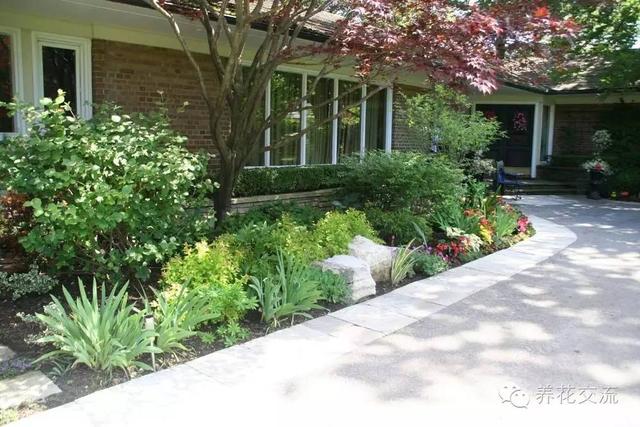
As for how far the distance between the plant and the wall base should be, here are the basic principles.
1. Herbs:
Herbs include general flowers (annual and perennial) and vegetables. It doesn't matter that this kind can be planted next to the wall.
Of course, if it is too close, it is not good for the flowers to be out of the sun, so it is best to have a distance of one or two feet. As shown in the picture below, all kinds of herbaceous flowers can be planted on the side of the wall, all of which are not afraid of the thick roots.
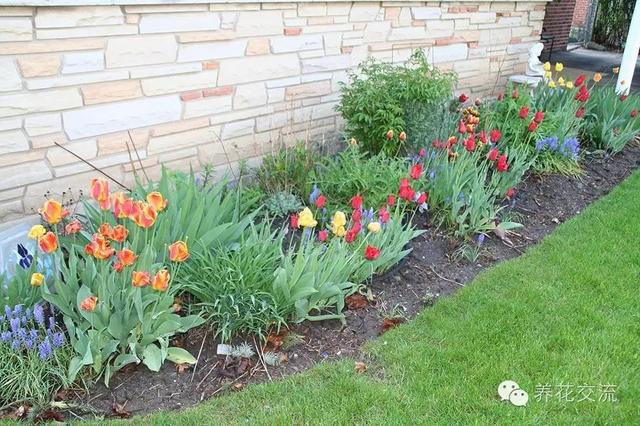
You can also plant shrubs and small trees to bring some shade to the window, such as red maple trees. But it better be some distance.
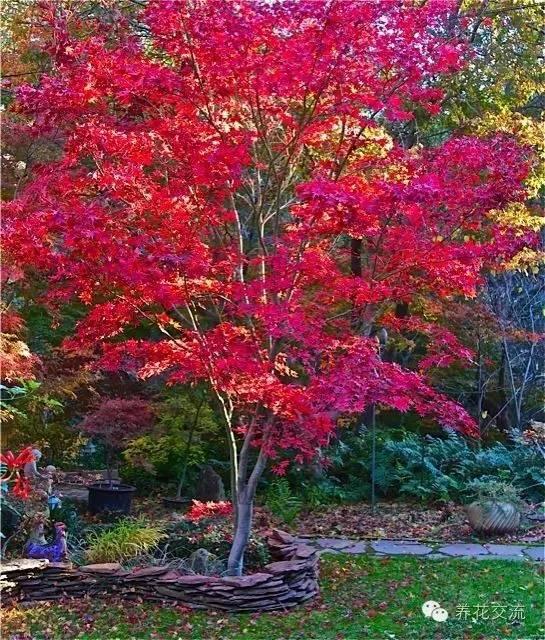
2. Shrubs:
Generally speaking, the shrub is only 1 meter from the wall of the house, because the root of most shrubs extends no more than 1.5 meters. Smaller shrubs no more than 1 m.
In general, the height of the plant and the thickness of the branches are also related to the extension of the roots. Although it may not be as accurate as science, it is close.
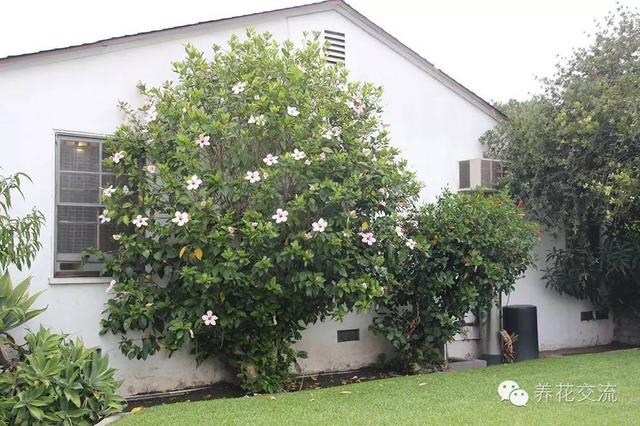
(the trees planted next to the wall were originally shrubs or small trees, but they were too close to the wall and grew into trees with thick trunks over the years, and the roots were also very thick and very bad.)
If you have planted a shrub against the wall, I hope it will not spread too much. You can cut off the thickest trunks from the base every year. (up to 1/3 of the branches can be sawed off from the base, without harming the trees, or even replacing the old.)
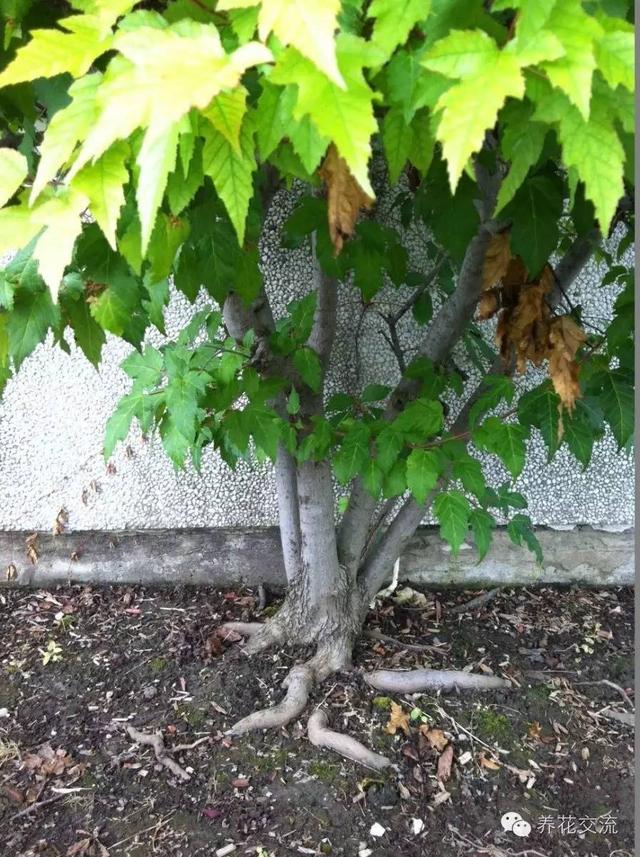
(the tree was obviously planted too close when it was young, and it was not properly pruned later.)
On the other hand, we can "trim the roots", that is, we can use a sharp shovel to reach into the ground to trim the roots of trees to prevent excessive growth. A two-pronged approach can also prevent excessive extension of the roots. Root pruning should not be excessive, otherwise it must have an effect on the plant. Don't trim the root too close to the trunk, about 30 centimeters away from the trunk.

(the treatment of these books is to remove the thicker trunk from the base.)
Therefore, when planting shrubs, there should be a distance of 1.5 meters, and at the same time, the thicker trunk should often be removed from the base, otherwise it should be treated as a tree and planted farther.
The consequence like the picture above is to stick to the wall and the window, which is not good for the house, for the trees themselves, or for the people inside.
(unless potted like this)
Common shrubs include: lilac, brocade flower, shrub rose, forsythia, powder ball, rhododendron, camellia, dogwood, peony and peony, hibiscus, hydrangea, oleander, laurel, holly, mountain plum, spear, yellow pear, smoke tree and so on.
These small flowering trees can also be planted within 1 meter of the house.
The above picture is a small magnolia tree, and the following picture is an ornamental peach blossom, all of which are small trees or shrubs that can be planted near the house. But both plants in the picture are obviously too close.
3. Trees:
Trees are divided into evergreen trees and trees (deciduous trees). Generally speaking, the roots of deciduous trees are more developed, farther and deeper, and the roots of evergreen trees are shorter.
There is a good way to roughly distinguish the extension of the root of each kind of tree, that is, from the "dripping line".
What is the dripping line, you can see the following picture. The roots of most plants extend to about the same extent as the branches.
Generally speaking, one or two feet more than the drip line should be enough.
This drip line also has a measuring function, that is, do not touch the building, so as not to prevent air circulation, or damage the accessories of the house, including eaves, windows, chimneys and so on. Therefore, the distance between the tree and the house is two or three feet more than the dripping line, which is the safest.
(but potted plants don't have to think so much about it.)
However, the dripping line of trees is not an absolute indicator. For example, some trees grow upward, like poplars in deciduous trees, and several kinds of cypresses common in evergreen trees are also slender and tall, and are often seen as hedges in tropical areas. But not absolutely, the roots of poplars and cypresses are very stretched.
Another thing to note is that trees will break, especially when the tree type is unhealthy, such as the trunk is not straight and the side branches are stronger than the trunk, they are easy to break, which will threaten the house.
(a wild mountain dregs in the yard)
Be sure to plant the tree straight (so erect a support at the beginning), and cut off the side branches that are too close to the trunk (those with an angle of less than 45 degrees) so that the branches extend outward.
(oak)
The roots of some trees are very extensive, mainly stretching to find water. The roots of this kind of plants may even pass through the walls of buildings, especially some older buildings, which may be damaged, so it is necessary to prevent them.
In addition, if there are pipes and sewage pipes under your yard, and the tree roots may surround the pipes and make the underground pipes burst, you should be careful.
4. Trees with well-developed roots:
The root extension of each kind of tree is different, some are thick, some have many fibrous roots, most of the roots extend near the dripping line, and some extend further away. Here are the famous plants with more elongated roots.
1. Poplar:
This category includes triangular-leaf poplar, cotton poplar, mountain poplar, etc., the roots of this kind of plants are most likely to spread far away, the purpose is to reach the water source, so do not plant near the base of the house. (the distance between this kind of plant and the house should be at least 10 meters)
2. Willow:
The tree of this family is also a famous plant with extended roots, stretching out into the distance and deep on the one hand, both in search of the nature of water.
So very few people grow in the front and backyard. Most of them are planted by the water, as far away from the house as possible. (the safe distance between this kind of tree and the house should be 15 meters away.)
The willow is famous for stretching its roots and looking for water. It is dangerous to plant a willow in the center of the front yard of the house. )
3. Elm:
This is a common green tree in life photos, because it grows fast, but it is notorious and often destroys underground water pipes.
4. Silver Maple:
The root is very shallow, but very dense, but also very elongated, in addition to far away from the base of the room, do not want to plant any plants (flowers) on the surface.
5. Other trees should be accurate at the dripping line, with an extra distance of 1 meter. Larger trees have to be one and a half times the distance.
Make growing flowers more fun and easier! Follow the official Wechat account: flower cultivation exchange [yanghuajiaoliu]
- Prev
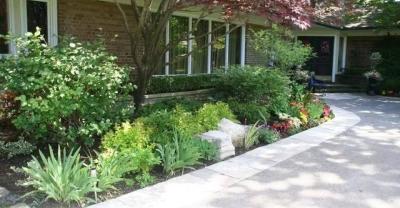
The planting method of how to grow lotus
The lotus is the lotus, also known as hibiscus, which comes out of clear water. "Natural carving" can see the figure of the lotus coming out of the mud. Next, the editor will.
- Next
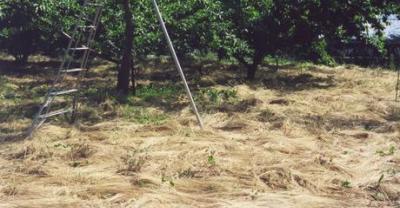
Difficult requirements and countermeasures for planting Platycodon grandiflorum flowers?
Difficult requirements and countermeasures for planting Platycodon grandiflorum flowers? Platycodon grandiflorum (Eustoma grandiflorumShinn.) Platycodon grandiflorum of the family Gentianaceae.
Related
- Fuxing push coffee new agricultural production and marketing class: lack of small-scale processing plants
- Jujube rice field leisure farm deep ploughing Yilan for five years to create a space for organic food and play
- Nongyu Farm-A trial of organic papaya for brave women with advanced technology
- Four points for attention in the prevention and control of diseases and insect pests of edible fungi
- How to add nutrient solution to Edible Fungi
- Is there any good way to control edible fungus mites?
- Open Inoculation Technology of Edible Fungi
- Is there any clever way to use fertilizer for edible fungus in winter?
- What agents are used to kill the pathogens of edible fungi in the mushroom shed?
- Rapid drying of Edible Fungi

